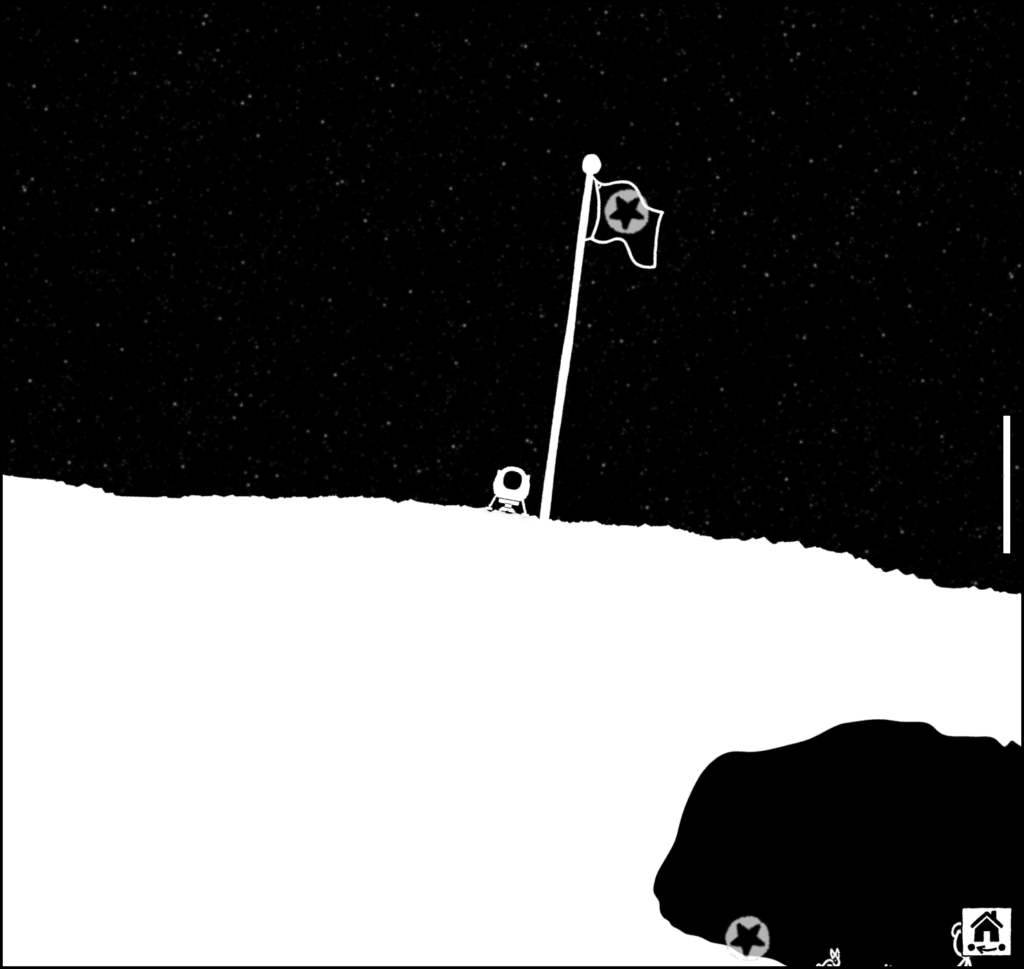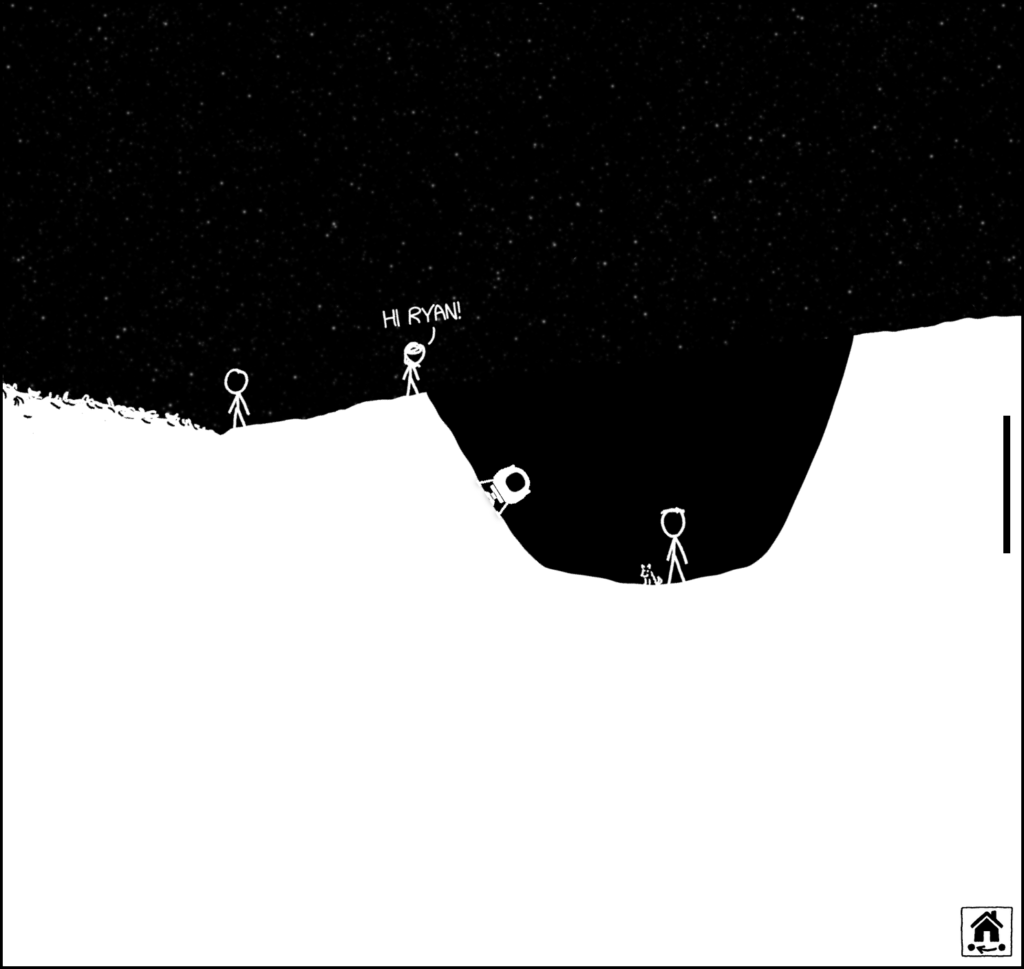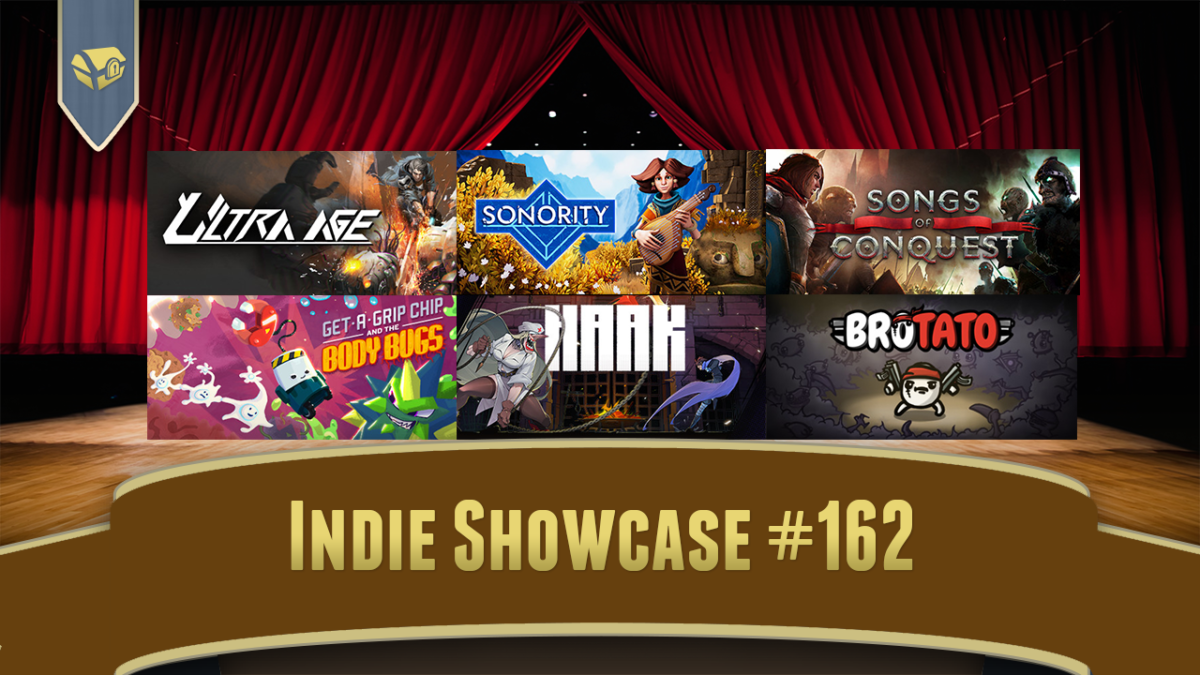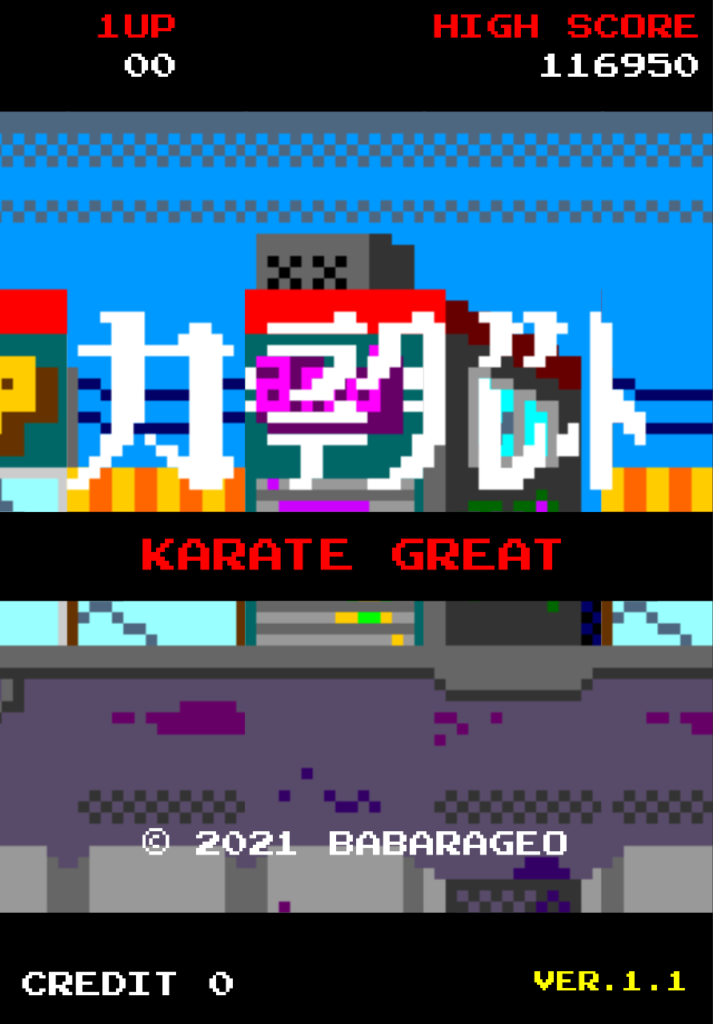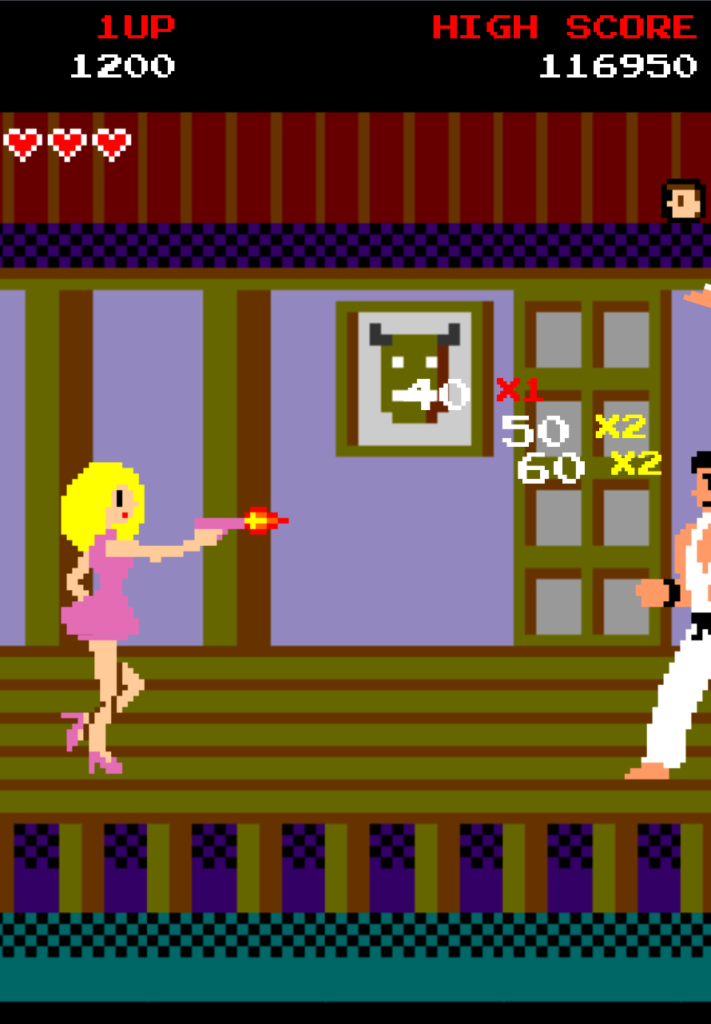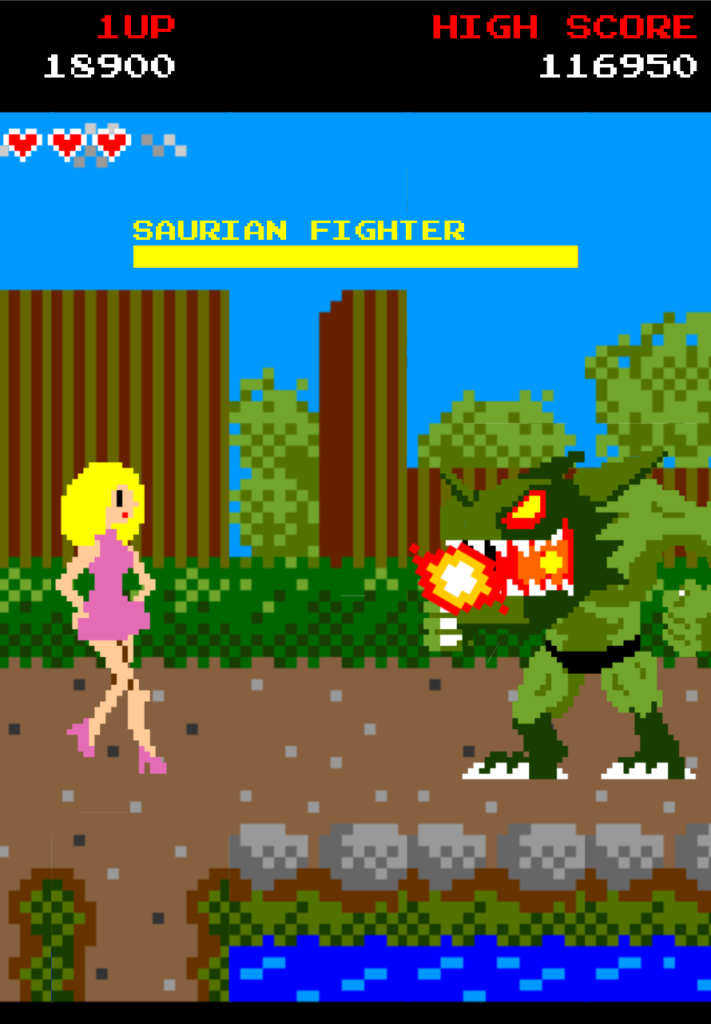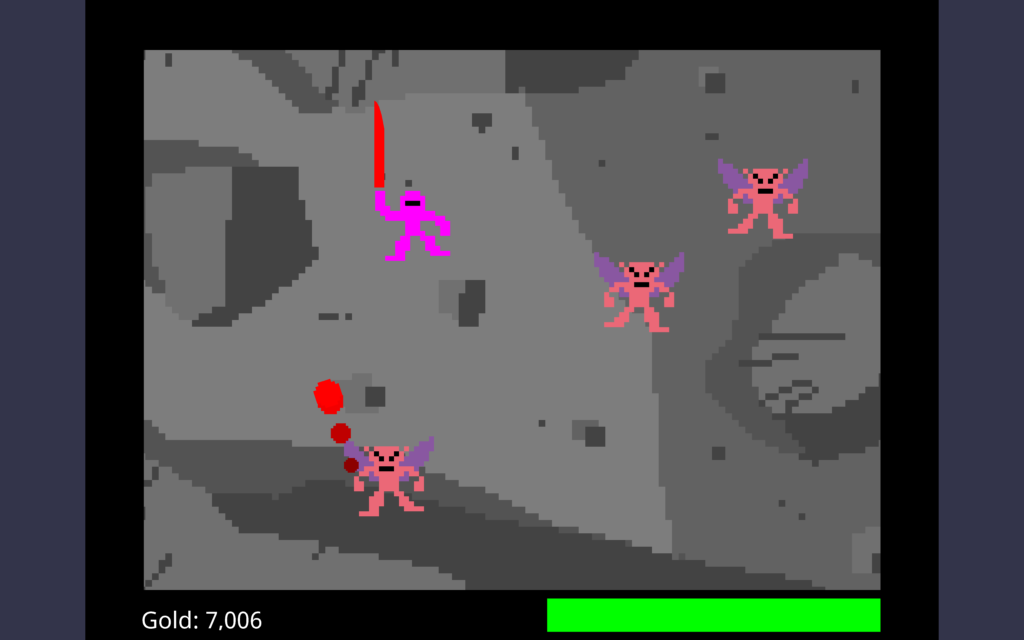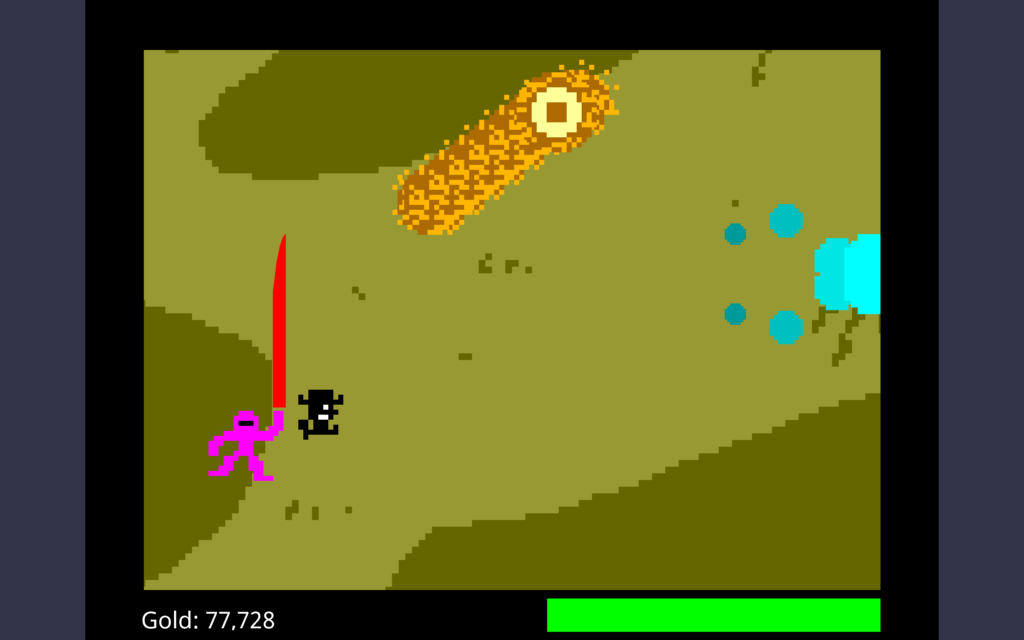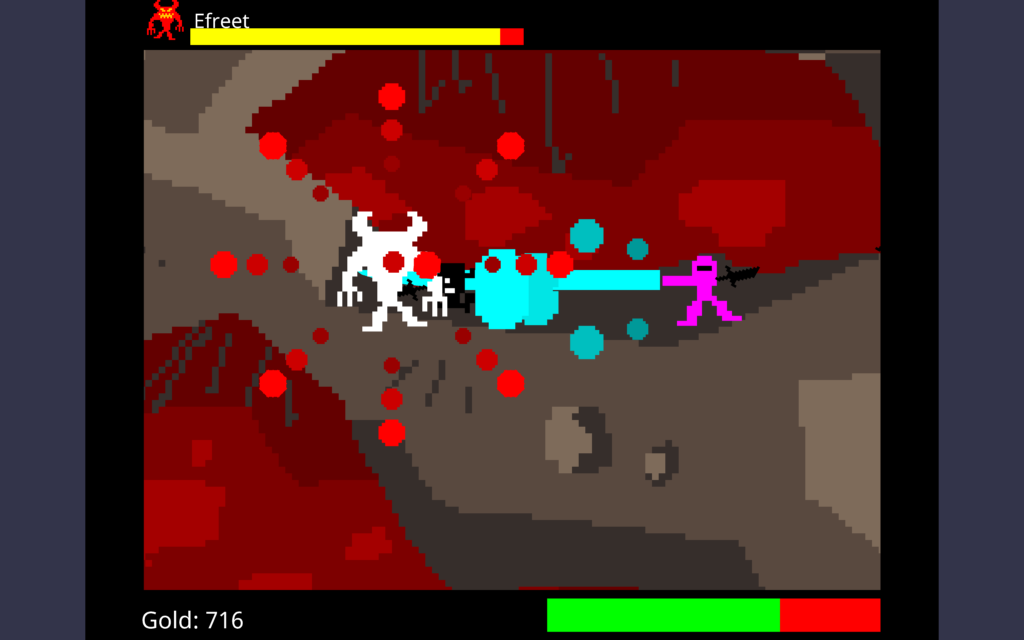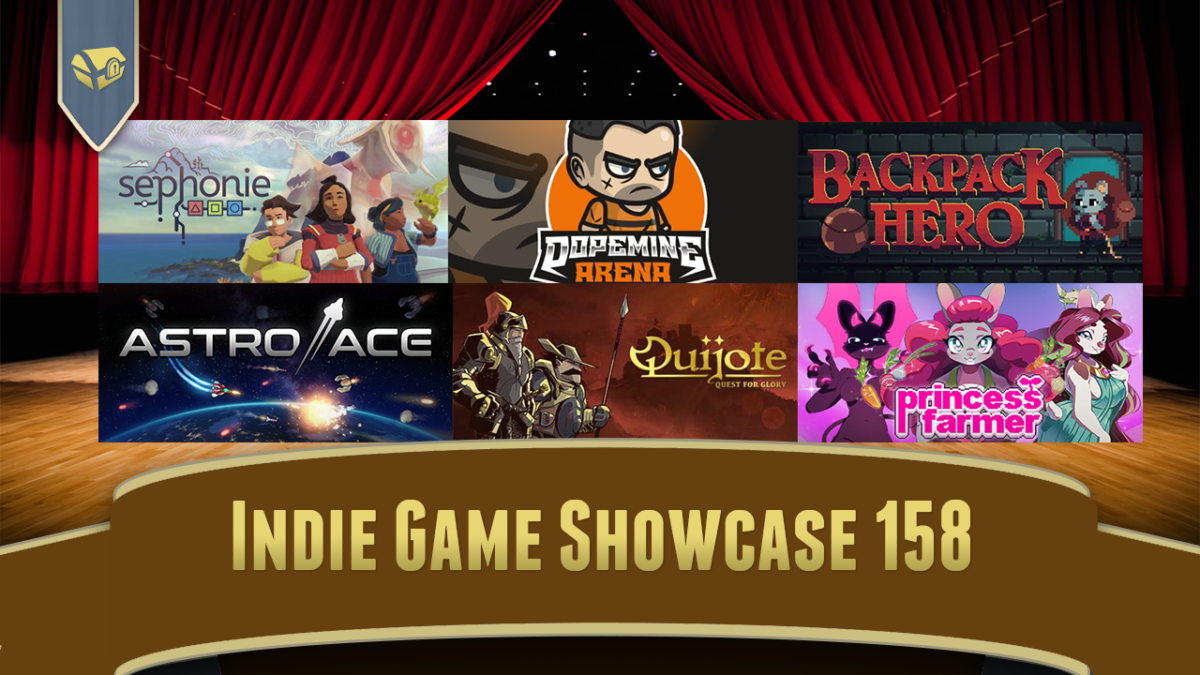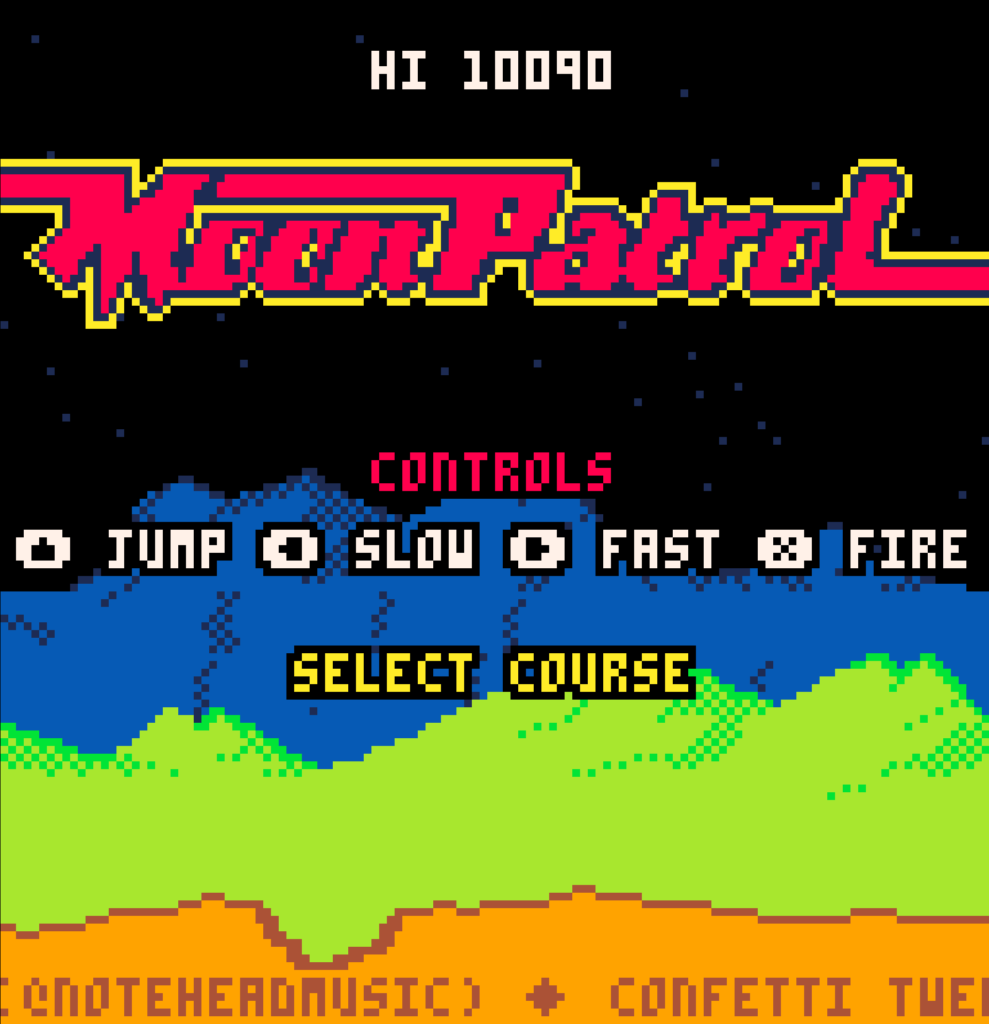One year after the release of Super Mario Bros., and just five after Donkey Kong. SMB was the game that showed the world that Miyamoto was a game design superstar. Endo designed Tower of Druaga and Xevious for Namco, two games that are still fairly unknown in the U.S. but were extraordinarily influential in Japan.
Endo: Also Wrecking Crew, that game feels great. The graphics are so pretty. And who knew Mario was so strong. I love Mario.
from an interview from Famimaga magazine, Feb 1986, translated by Shmuplations
Miyamoto: When we made Donkey Kong, I dubbed Mario “Mister Video”, and I told everyone how I want him to be used in Nintendo games for many, many years to come. You know, I struggled a bit with his design. In order to show his nose better I gave him a mustache, and to make his running animation easier to understand, I gave him those overalls…
The full interview was translated by the (looks at thesarus) always magnificent Shmuplations, and is up on their site.
Masanobu Endo x Shigeru Miyamoto – 1986 Developer Interview (shmuplations.com)

